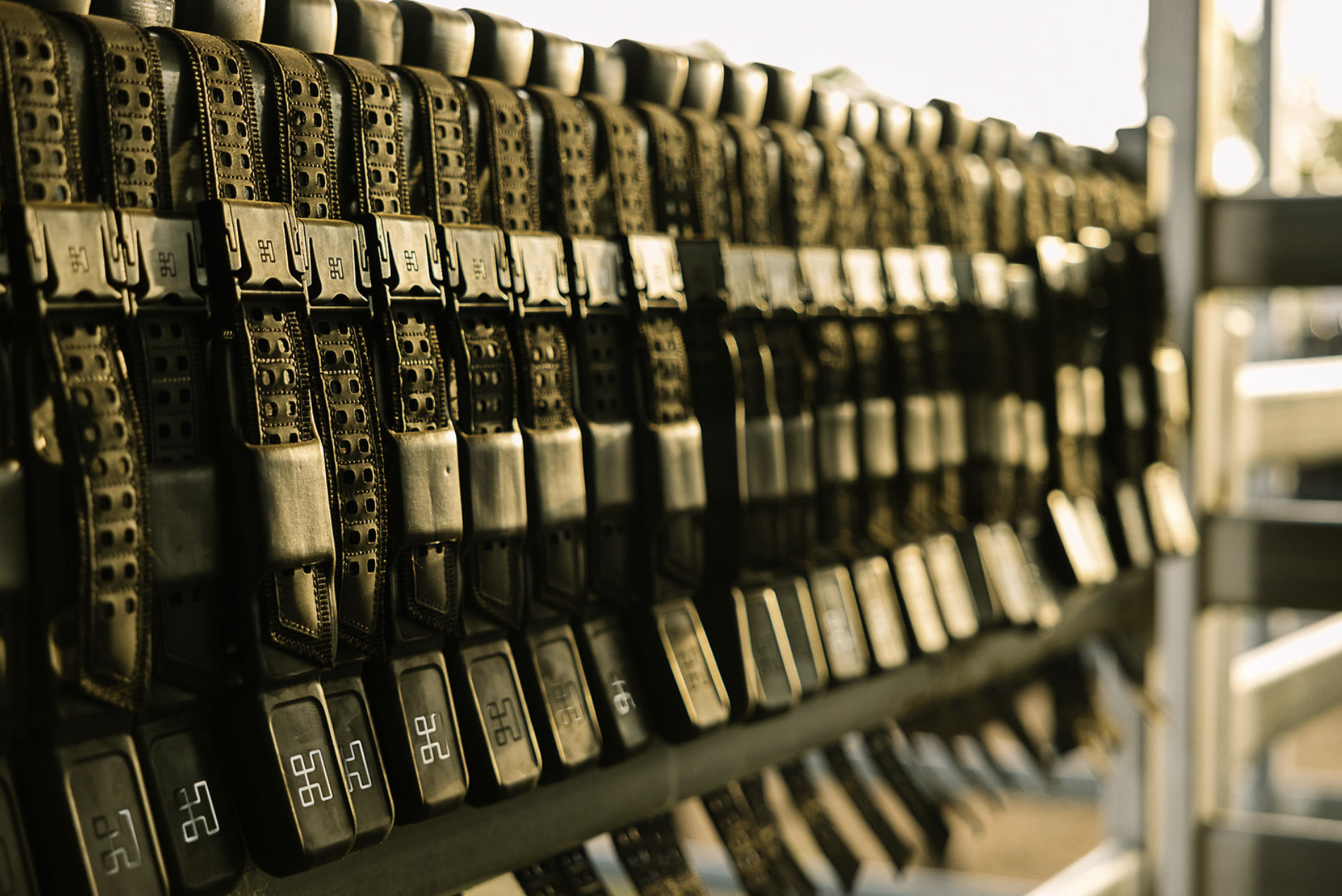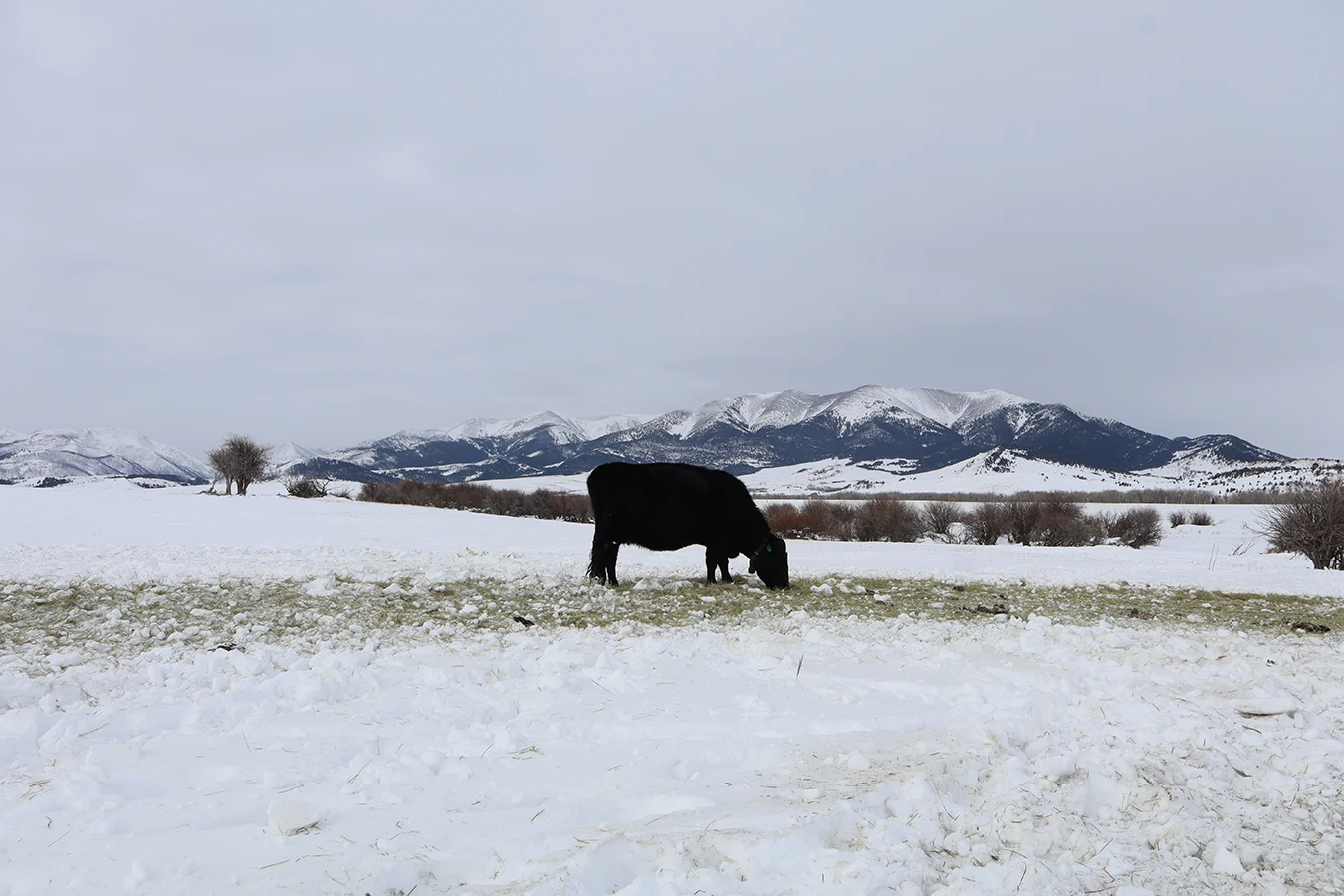Your guide to healthy calving
Calving can be a stressful time, as each farmer aims to ensure a safe birth for cow and calf while setting the herd up for a successful start to the milking season. With the goal to provide the best possible care before, during and post-calving, traditional farming methods require farmers to physically check on the herd as often as possible. However, with manual checking of the herd 24/7 being impossible, we look at how the adoption of new technologies can significantly increase a farmer's ability to proactively monitor and care for their herd throughout calving season.
Halter’s solar-powered smart collars and app allow farmers to virtually fence, remotely shift, and proactively monitor the health and behaviour of their herd, significantly optimising animal health and outcomes during calving. Dairy farm automation at it's finest!
In this guide, we take a look at each stage of calving, highlighting industry best practices and where Halter comes into play.
Pre-calving: Identifying at-risk cows
In the lead-up to calving, farmers traditionally shift cows close to giving birth into a separate “Springers” mob for close monitoring. This mob is checked every 3-6 hours for signs of ill health and calving, allowing farmers to keep the animals most likely to need attention in one area. However, as Waikato dairy farmer Pete Morgan shares, this approach doesn’t allow farmers to separate the most high-risk springers for more intensive supervision, nor does it allow for constant oversight of calving events throughout the day and night.
That’s why this season, Pete is using Halter to instantly identify and manage high-risk cows within his herd. “We’d normally have over 200 in the mob that we’re trying to intensively watch, and that’s so inefficient”, shares Pete. “We’re able to have four mobs now. The key is to keep that springers mob as small as possible so we can focus all our attention on them. We’ve split them now into higher and lower-risk mobs. We’re much more likely to split the milkers too.” Waikato farmer Jay also uses Halter as a way to optimise the benefits of managing smaller mobs without the extra workload.
Another pre-calving challenge is collating health insights collected by members of the team and ensuring they are consistently recorded and updated throughout the season. For Pete, “It has historically been very inefficient to carry that information through until the cow gives birth”. Pete can now tag information to a particular cow within the Halter app so that his whole team is kept updated, or even switch cows into his newly-formed high-risk springers mob. “Within that group, if there’s ever anyone we’re concerned about, we can identify individuals and change the colour of their dot in the app - Halter helps you to concentrate on those with the highest level of need”, shares Pete. “That increase in visibility is a very big deal both for individuals and for the whole mob - it allows us to carry our duty of care through to its resolution.”

During calving: Observing and assisting with births
Safe calving for each cow lies at the heart of every farming operation, not only because animal welfare is a top priority, but because of the direct impact it has on the bottom line. In an ideal world, farmers would be on hand to observe each birth and assist if necessary, preventing any avoidable implications. However, being on-hand 24/7 is impossible.
With Halter, Pete’s able to identify and separate any high-risk springers into a smaller mob, and then use Halter’s GPS tracking to observe their movement in real-time. This means Pete can grab his phone in the early morning to check where his girls are within the paddock, and if he sees any springers isolating themselves or nesting, he can head straight out to observe the birth and assist if necessary.
As Pete explains, “This is the stand-out feature of Halter - every individual counts, is accounted for, and can be tracked.” If he does need to assist with a birth during the night, he no longer has to wander the paddock with a torch looking for cows in distress. Instead, Halter’s GPS feature in the app will show him precisely where each cow is, meaning less time looking for cows and more time providing care for his girls.
Post-calving: Boosting recovery rates
After a calf is born, it’s critical that cows are carefully treated to avoid the onset of milk fever, grass staggers, ketosis, or environmental mastitis. Similarly, the care of calves within the first few days of their lives has a vital impact on their development into heifers and their own first calvings. However, the environment that is typically present post-calving can pose a range of risks to calved cows and their offspring. The pasture where springers have recently calved can often be contaminated by mud, manure, and placenta. Coupled with cows’ teats dripping milk prior to and during calving whilst they lay on the ground, the risk of environmental mastitis-inducing bacteria entering teats causing infection, is increased.
Cows also generally don’t eat for up to 24 hours prior to calving, lowering their intake of critical nutrients, thus placing them at greater risk of milk fever (hypocalcaemia), and grass staggers (hypomagnesaemia). These infections carry significant financial costs - studies have shown that clinical milk fever can cause a 14% drop in milk production, or 7% for sub-clinical cases. This directly results in an average cost of $8,000 per 100 dairy cows for farmers across New Zealand (DairyNZ).
Ideally, farmers would draft out newly calved cows to give them access to fresh grass, allowing them to recommence ruminating and recover. However, this is often a complicated two-person job that involves wrangling fences, hormonal and protective cows, newly-born calves, and preventing the rest of the herd from taking advantage of the new grass.
With Halter, there are no physical fences in place, so farmers like Pete using the app can simply pause the collar on a freshly calved mum, and quietly walk her across the virtual fence line into a new paddock, while the remainder of the herd is held behind their virtual boundary. Pete is able to dust this grass with calcium and magnesium ahead of time, and provide the cows with fresh grass to prevent environmental infection. This effectively prevents the likelihood of having down cows post-calving and eliminates the risk of lost milk production.
As Pete explains, “The sooner you can get the cows onto new grass and feeding, the better. They’ll be calmer and look after their calf better. Getting fed as well as possible, as soon as possible, is the key. All of this gets unlocked by the ability to pause collars and move individual cows.” By giving his calves the best start to life, and the best postpartum care to his cows, Pete is able to follow industry best practices while avoiding the chance of any lost milk production in the season ahead.
Caring for your herd’s welfare during calving with Halter
While calving can often be a time-intensive and stressful period, the ability to check whether your girls are healthy and well from anywhere can make a significant difference. Not only does it allow you to ensure the best animal welfare outcomes for your girls, it also sets you up for an economically successful start to the milking season by boosting productivity. Pete Morgan has chosen Halter to assist him with calving “because of the visibility and care options it allows us. We’re able to provide the best care, all of the time.”
Related Blog Posts
See all articles
How David went from 17% cycling to 83% in-calf at 6 weeks
How David went from 17% cycling to 83% in-calf at 6 weeks and turned his mating season around with Halter.
Read more
The science behind grazing at the third leaf stage
By hitting the right leaf stage, you can grow 10-15% more grass to substitute the costs on inputs.
Read more
Virtual fencing approved in South Australia
South Australia has officially given virtual fencing technology the green light for virtual fencing! This decision removes restrictions and immediately provides farmers with access to precision livestock management tools that are already successful globally.
Read more





